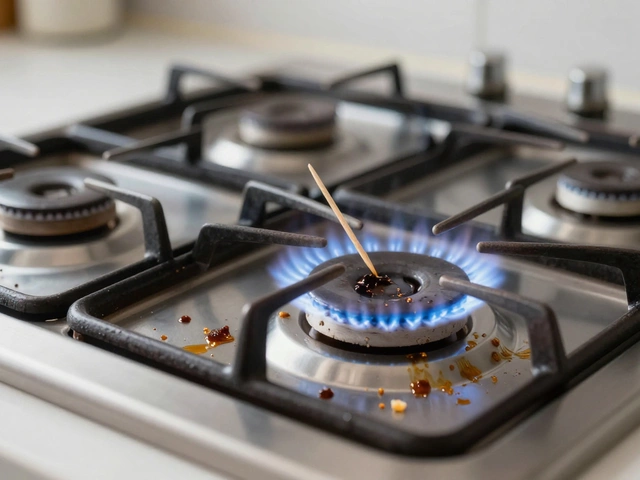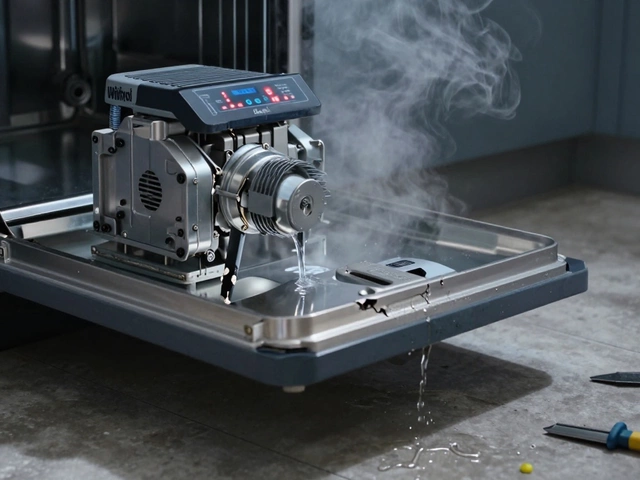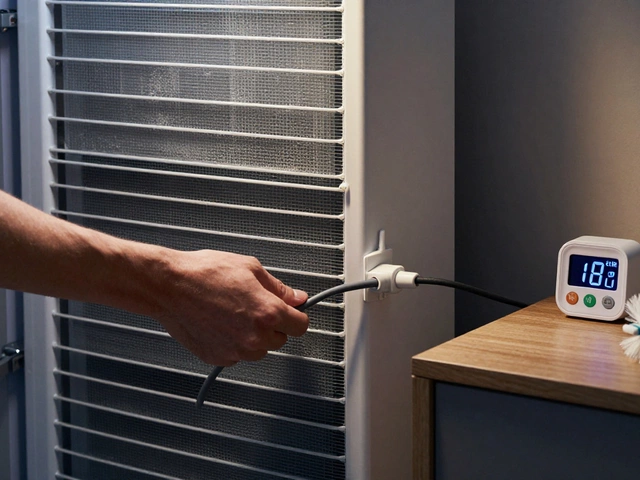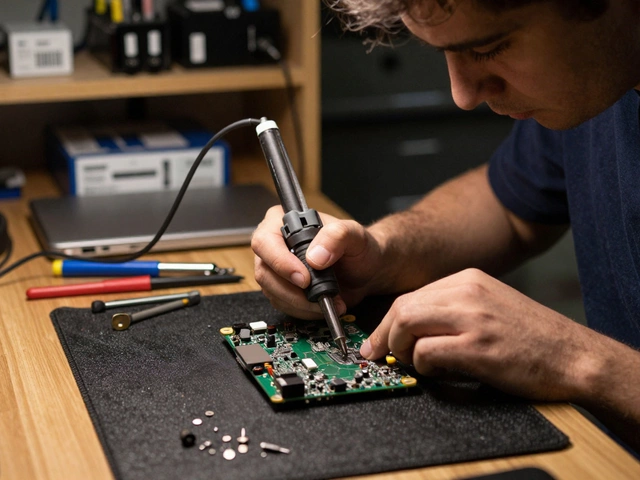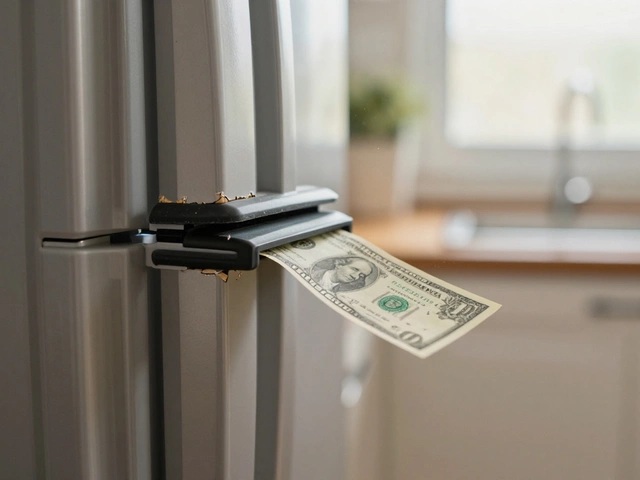Oven Maintenance: Quick Tips to Keep Your Oven Happy
We all love a hot oven for baking, roasting, and quick meals, but most people forget that a little care goes a long way. Simple habits can stop nasty smells, uneven heating, and costly repairs. Below are the everyday steps that keep your oven working like new.
Daily Care and Cleaning
After each use, let the oven cool down a bit, then wipe the interior with a damp cloth. Spot‑clean spills right away – burnt food left to harden becomes a nightmare to remove and can cause smoke later.
Use a non‑abrasive cleaner or a mix of water and baking soda for tough grime. Spray, wait ten minutes, then wipe clean. Avoid harsh chemicals that can damage the enamel.
The oven door gasket is another hidden hero. Check it for cracks or pieces missing. A damaged seal lets heat escape, raises energy bills, and creates hot spots. If you see wear, replace the gasket before it turns into a bigger problem.
Don’t forget the oven racks. Swing them out, wash with warm soapy water, and dry thoroughly before sliding them back. Clean racks prevent grease buildup that can drip onto heating elements.
Seasonal Checks and When to Call a Pro
Every few months, give the oven a deeper inspection. Turn off the power (unplug or switch off the breaker) and look at the heating elements. They should be smooth and free of visible cracks. If you spot a blister or break, it’s time for a replacement.
While the oven is off, pull out the crumb tray and vacuum any debris. A blocked tray can cause smoke or fire hazards.
Test the temperature accuracy by placing an oven thermometer inside and setting the oven to 180°C (350°F). If the reading is off by more than 10°C (20°F), the thermostat may need calibration. Most appliances let you adjust the setting with a simple knob or by pressing a few buttons – check your manual for details.
Watch the fan (if your oven has one). It should spin freely without grinding noises. A noisy fan often signals a loose blade or motor wear, and fixing it early avoids overheating.
When you notice any of these signs – uneven baking, odd smells, error codes on the display, or the oven taking forever to heat – it’s smarter to call a professional. Trying to fix electrical parts without proper experience can be dangerous and may void warranties.
At Weymouth Appliance Repair Services, our technicians can replace heating elements, repair control boards, and service gaskets quickly. A prompt visit usually saves you the cost of buying a brand‑new oven.
In short, a quick wipe after each use, a seasonal deep‑clean, and a few simple checks keep your oven humming. Skip the guesswork, follow these steps, and you’ll enjoy reliable cooking without unexpected breakdowns.
Got a stubborn problem? Reach out to a trusted repair service before the issue spirals. A little maintenance now means fewer headaches later.
How Much Does It Cost to Fix a Broken Oven? A Practical Guide
- Alden Wilder
- Mar 26 2025
- 0 Comments
Fixing a broken oven can vary in cost depending on the issue, from simple heating element replacements to complex electrical repairs. This guide breaks down typical repair costs, helpful tips for maintenance, and when it's best to call a professional. Discover budget-friendly solutions and learn simple DIY tricks to handle minor issues. Navigate the world of oven repairs with ease and confidence.
View More
